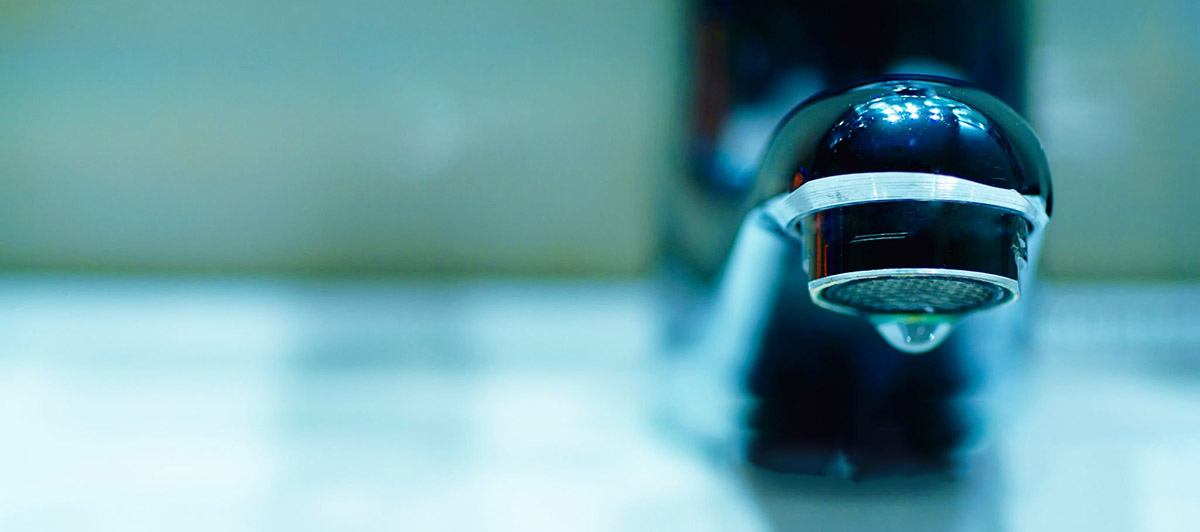
Save water, save energy
Water conservation isn’t just for droughts.
Here in the Hudson Valley, water is relatively plentiful. But reducing our water use makes sense. By doing so, we divert less water from our rivers and lakes, which helps keep the environment healthy. Less water in the municipal waste water system also reduces the energy involved in processing.
In addition, reducing overall water use also lowers hot water use, and water heating is the second highest consumer of energy in the average home.
Here are a few useful tips to help you save water around the house.
 Central Hudson offers special pricing on water saving products such as faucets and showerheads. Look for the reduced pricing stickers in Home Depot and Lowe’s within our service territory.
Central Hudson offers special pricing on water saving products such as faucets and showerheads. Look for the reduced pricing stickers in Home Depot and Lowe’s within our service territory.
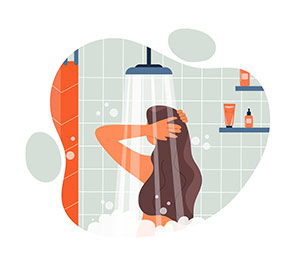
Install Low-Flow Showerheads
One of the easiest and most effective ways to reduce water use is to install low-flow showerheads. Showers account for about 20 percent of the typical home’s water use. Low-flow showerheads use less water than standard showerheads, without sacrificing water pressure or comfort. These provide an estimated savings of about $70 in water and energy costs each year.
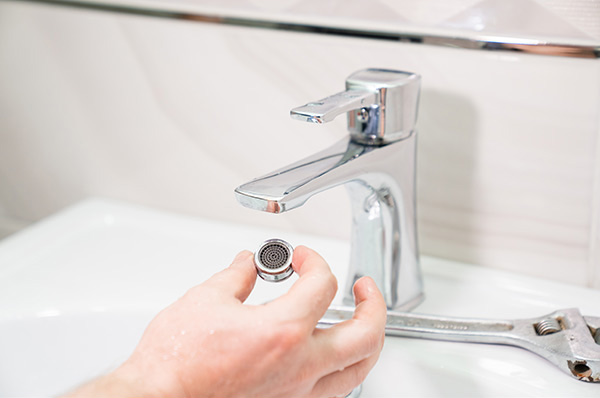
Use a Faucet Aerator
A faucet aerator is a device that screws onto the end of a faucet and helps reduce water flow. Using a low-flow faucet aerator can significantly reduce the amount of water you use without compromising water pressure or functionality. Overall savings is about .3 gallons/minute or 700 gallons a year for a typical home.
 Look for the WaterSense label when shopping for new faucets or aerators. Products bearing this seal from the are certified to use 20 percent less water, save energy and perform as well or better than regular models.
Look for the WaterSense label when shopping for new faucets or aerators. Products bearing this seal from the are certified to use 20 percent less water, save energy and perform as well or better than regular models.
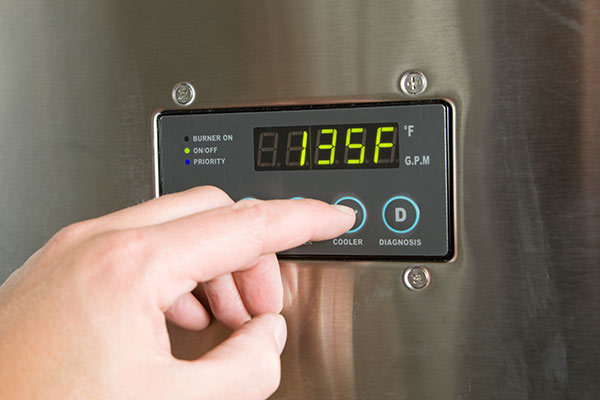
Reduce Your Hot Water Heater’s Temperature
One “set it and forget it” way to significantly reduce energy spent on hot water is to check your hot water heater’s temperature setting. Many water heaters ship from the factory at 140 degrees, which is much hotter than necessary (or even tolerable). You can save 6-10% on your energy bill by lowering the temperature to 120 degrees.
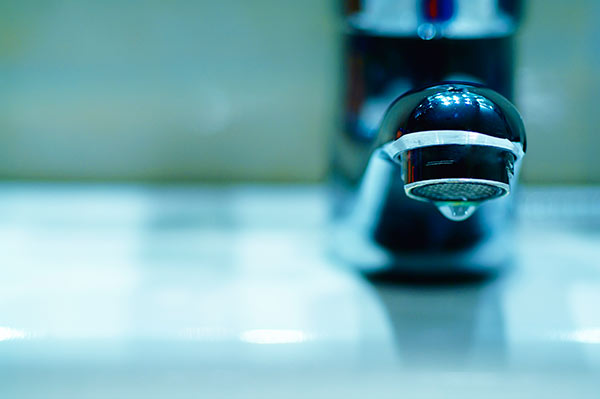
Fix Leaks Promptly
Leaky faucets and pipes can waste a significant amount of hot water over time. According to the U.S. Environmental Protection Agency, a leaky faucet that drips at the rate of one drip per second can waste more than 3,000 gallons per year- the same amount of water used in 180 showers.
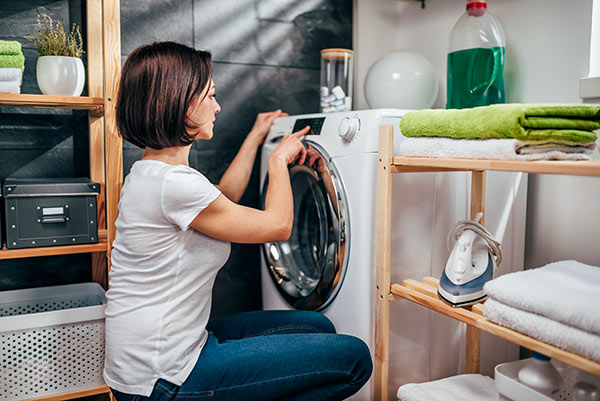
Wash Clothes in Cold Water
Washing clothes in cold water is an excellent way to conserve energy. Most of the energy used in washing clothes goes towards heating the water. Additionally, washing clothes in cold water can help preserve the color and quality of your clothing.
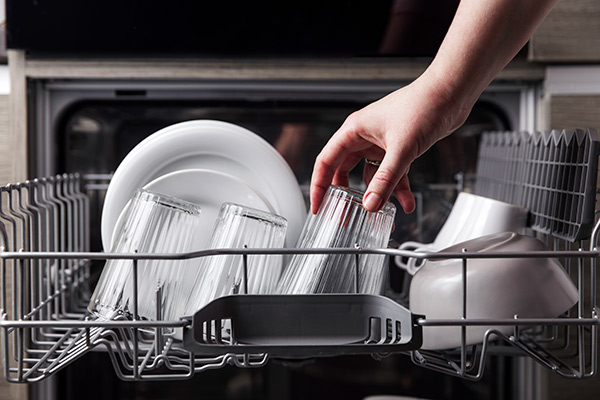
Use Dishwashers and Washing Machines Efficiently
Dishwashers and washing machines are two of the biggest hot water users in the home. To reduce your hot water use, use these appliances efficiently. Only run the dishwasher or washing machine when you have a full load, and use the eco-cycle if available. Dishwashers actually use quite a bit less water than hand-washing: about 12 gallons of a load, further reducing hot water use. So here is one case where the more convenient option is also an energy-saver.
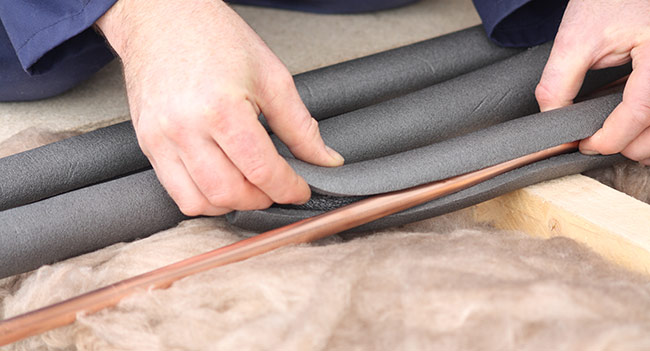
Insulate Your Hot Water Heater and Pipes
Hot water heaters always keep a supply of hot water ready. As a result, a significant amount of heat is lost as water cools and needs to be reheated. Wrapping your electric hot water heater in a thermal insulating blanket can reduce this “standby” heat loss. The same principle applies for your hot water pipes. Insulation reduces heat loss, which reduces the need to expend energy heating more water.
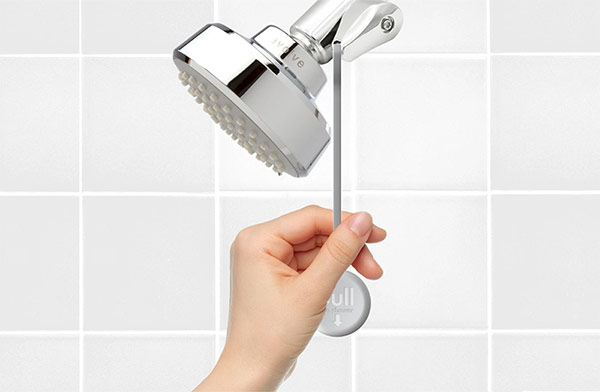
Reduce Wasted Hot Water Warming Up the Shower
Most of us turn on the shower and wait until we know it will be hot before getting in. As a result, for some amount of time, hot water is pouring into an empty shower. There are devices that prevent this waste by reducing the flow of water to a trickle as soon as the temperature reaches 95 degrees. When you’re ready, just pull a tab on the side of the shower head and – ah! – instant hot water. ShowerStart sells these temperature-sensitive valves separately and integrated into their own shower heads. They can be purchased at Home Depot as well as various online retailers.

Take Shorter Showers
Taking shorter showers is an easy and effective way to reduce your hot water use. It’s estimated that each minute you spend in the shower uses about 2.5 gallons of hot water.
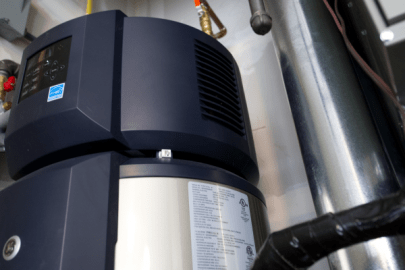
Consider a More Efficient Water Heater
If your water heater is more than 10 years old, it might be time to consider a new one. A heat pump water heater is electric, but it works a bit differently from the usual type of electric heater, pulling heat from the air rather than using a heating element. This type of hot water heater can save a family of four about 2,690 kilowatt hours annually, or over $500 a year.
Central Hudson is currently offering a $1,000 rebate on heat pump water heaters.
You can also consider an on-demand or tankless water heater, which can be 8-34% more efficient than water heaters that use tanks, depending on how much water your home uses. A tankless natural gas water heater can heat 2x as much water as electric models in the same amount of time, and an efficient gas water heater can shave as much as 20 percent off your heating bill.
Learn more about natural gas service and incentives.


